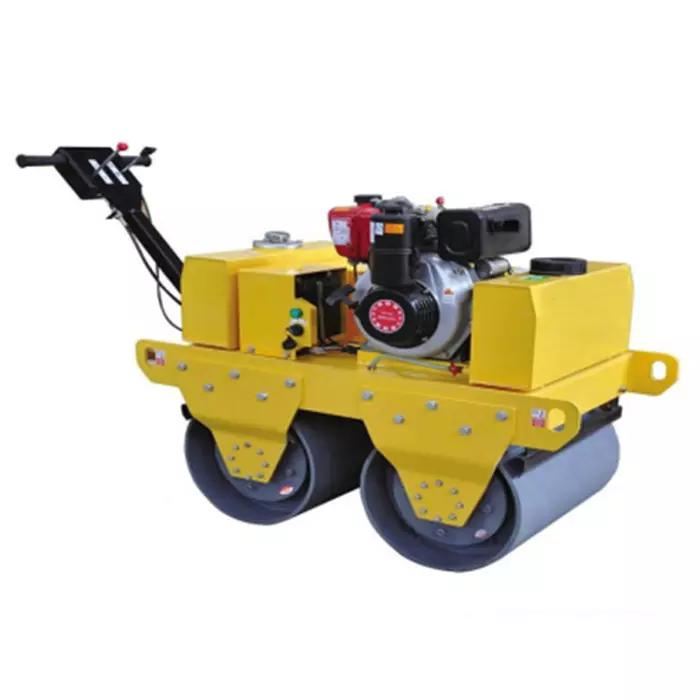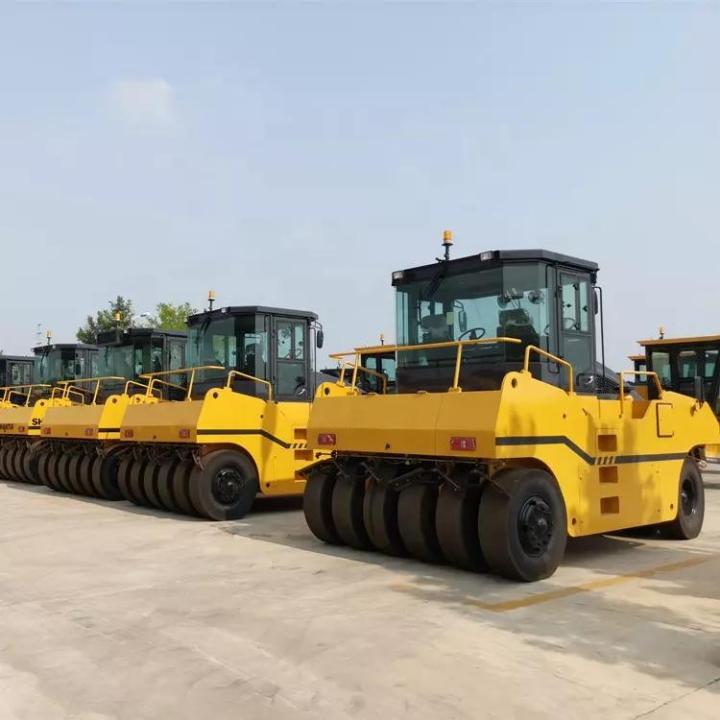6 Types of Road Rollers Commonly Used in Construction Projects
Posted in Angelcityfurniture
If you're in the construction industry, you know those road rollers are an essential piece of equipment. There are several different types of road rollers on the market, and each has its advantages and disadvantages. In this blog post, we will discuss six of the most common types of road rollers used in construction projects. We'll also give you a brief overview of each type so you can decide which one is right for your project!
Cylindrical Rollers

There are many different types of walk-behind rollers on the market, but the cylindrical roller is the most traditional. These rollers are relatively lightweight and easy to push, making them ideal for small projects like yard work.
Cylindrical rollers are typically one meter in diameter and can be made from a variety of materials, including iron, stone, and concrete. While they are not as powerful as some of the other types of rollers on this list, they are still an effective way to smooth out soil or asphalt. If you're looking for a traditional walk-behind roller, a cylindrical roller is a great option.
Pneumatic Rollers

Pneumatic rollers are larger and heavier than cylindrical rollers, making them better suited for large construction projects. These rollers There are rows of rubber tires on the front or rear that are filled with air. The air pressure gives the pneumatic roller extra power to smooth out rough surfaces.
Pneumatic rollers are typically used on projects that require a lot of soil or asphalt to be compacted. If you're working on a large construction project, a pneumatic roller is a good option for you.
Sheepsfoot Rollers
Sheepsfoot rollers are similar to pneumatic rollers, but they have different types of drums. Instead filled with air, the surface of the Sheepsfoot roller's drums is covered with many metal blocks or stones. This gives the sheepsfoot roller more power to compact soil and asphalt.
Sheep foot rollers are often used on large construction projects, just like pneumatic rollers. But one difference is that it can also target wet clay or other deeper, more finely divided soils, making them more compact. If you are looking for a roller that can compact a lot of wet soil or asphalt, the Sheepsfoot roller is a good choice for you.
Tandem Rollers
Tandem rollers are similar to pneumatic rollers, but they have two drums instead of one. This allows the tandem roller to compact soil or asphalt more evenly than a pneumatic roller.
Tandem rollers are often used for small construction projects because they don't have as much traction as pneumatic and sheep foot rollers. If you don't need to rush, it still compacts soil or asphalt evenly, so a tandem roller is your option.
Ride-On Rollers
Riding rollers are similar to tandem rollers, but they only have one drum. This makes them more maneuverable and easier to handle than tandem rollers. You can use them to compact soil and concrete. When you compact soil, you increase its density and make it less likely to erode.
You can also use a ride-on roller to smooth uneven surfaces. By rolling an area multiple times, you can create a smooth, level surface that's perfect for paving or landscaping. If you're working on a construction site or in the garden, a riding roller is a valuable tool that can help you get the job done quickly and easily.
Articulated Rollers
Articulated rollers are similar to tandem rollers, but they have two drums that are connected by a hinge. Articulated rollers are one of the most versatile and effective pieces of construction equipment. By using a system of hydraulic cylinders, they can move independently of one another, allowing them to navigate around obstacles and reach tight spaces.
In addition, a small roller compactor comes equipped with a variety of attachments, such as vibrating drums, that can be used to compact soil, asphalt, and other materials. As a result, they are an essential tool for any construction job. The next time you see an articulated roller at work, take a moment to appreciate the amazing machine that it is.
Conclusion
There are many different types of road rollers on the market, each with its advantages and disadvantages. In this blog post, we have discussed six of the most common types of road rollers used in construction projects. We hope that this blog post has given you a better understanding of the different types of road rollers and their uses. Thanks for reading!